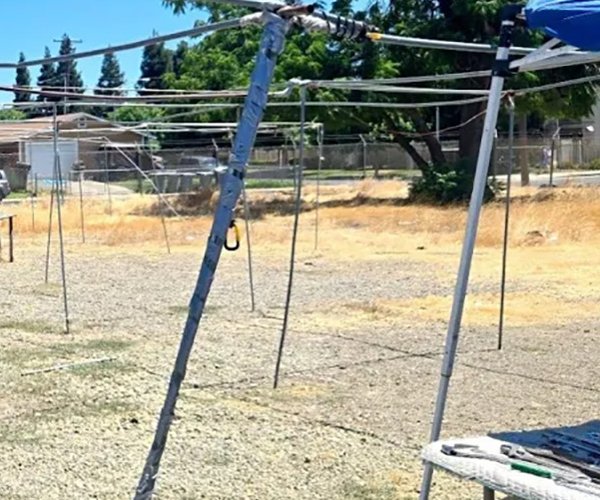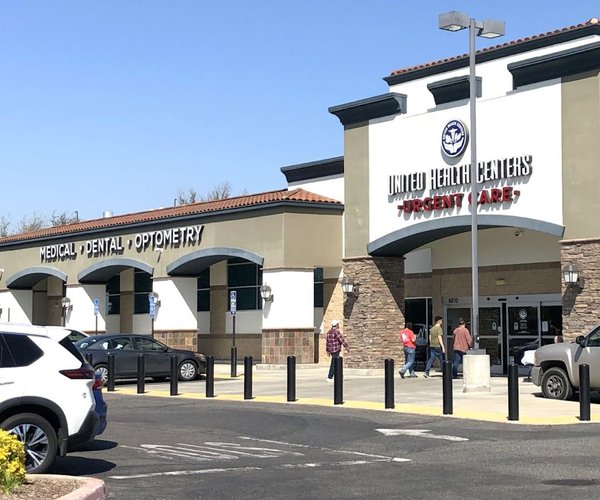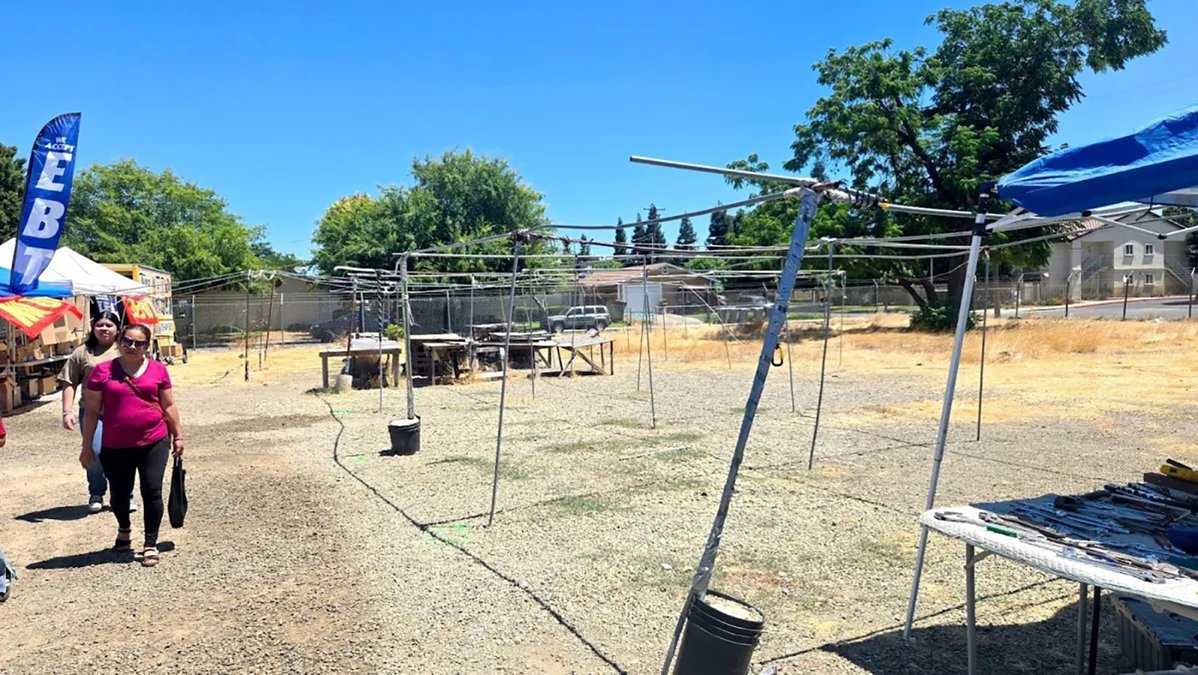The previous year has been one of reorganization and expansion for the Turlock Fire Department, according to the annual report submitted to the Turlock City Council Tuesday night.
The 2016 year saw Robert Talloni celebrate his one-year anniversary as Turlock Fire Chief and during that year he guided several changes at the department designed to expand and streamline services.
Over the course of the year the department filled the position of Operations Chief by promoting Gary Carlson up from Battalion Chief. The department also promoted a captain and two engineers and added four entry level firefighters. They also filled an executive administrative assistant position.
The year also saw the start of the Rescue Squad. The squad has the primary responsibility of responding to high-risk calls that need search and rescue operations. These high-risk calls can include building fires, confined spaces rescues, heavy extrication and trench rescues.
Another top priority met by the department this year was rehabilitating the training grounds. Over the year most of the structures at the training grounds were demolished and eight new cargo storage containers were brought in and are ready to be placed and used as a live fire hands-on burning building training exercise. Additionally, a three-story structure has been built to assist in a variety of training exercises.
“The new training grounds will provide the necessary facility for execution excellence,” Talloni wrote in the report. “You cannot predict the unpredictable, you can only prepare. Preparation leads to opportunity.”
The fire department logged more than 6,400 hours in training last year.
In 2016, the fire department took possession of three new fire engines. The first engine was one from the Office of Emergency Services that allows the fire department to respond to wildland fires throughout the state. TFD crew members were deployed six times and re-deployed twice over the wildfire season. Two new custom designed fire engines were also assembled for the fire department in 2016 and will be placed into service this year.
The year also marked the first time the Turlock Fire Department hosted a National Fire Academy Course, with several more classes scheduled for this year and the next.
The department had a budget of $7.8 million for the year and employed 51 people. Over the year crews responded to 6,745 emergency calls. The rate is down slightly from 2015, but is up significantly from 2012 to 2014, when the department averaged 5,500 to 6,100 calls. For 2016 the fire department had 18.4 average daily calls, down a little from the average of 18.8 in 2015. Along with more calls for service the department is seeing more complex and challenging emergencies, Operations Chief Carlson said in the annual report. Carlson attributes the challenges to new emergency medical service protocols, an expanding industrial area, and lighter vehicles which have more complicated extrication operations when involved in crashes.
Over the course of the year the department changed some of their standard practices to meet these challenges. Now, when a call comes in for a working structure fire all four fire engines are initially dispatched to allow for faster and more effective fire attacks. Two engines are also sent out on the initial dispatch when CPR is likely needed. The department uses a program called the “Pit Crew CPR,” which calls for the firefighters operating like a race car pit crew with everyone assigned a specific role and making rapid assessments.
The majority of the 6,745 calls received by the fire department were for rescue and emergency medical services at 4,274. Requests for service and assistance made up 1,782 calls and dispatches to fires accounted for 205 calls. False alarms accounted for 340 calls.
Of the calls reporting a fire, 70 were of a structure, 34 were for vehicles, 33 were for vegetation and 68 were for other types of fire.
The fire department’s average response time to a structure fire remains below the National Fire Protection Agency’s recommendation of eight minutes, according to the annual report.
In 2016, the fire marshal’s division inspected 887 businesses and issued 178 various permits. The department oversees Neighborhood Services and over the year they responded to more than 16,000 calls. The vast majority of the calls were for graffiti abatement, overgrown weeds, sign ordinance violations, and abandoned shopping carts.









